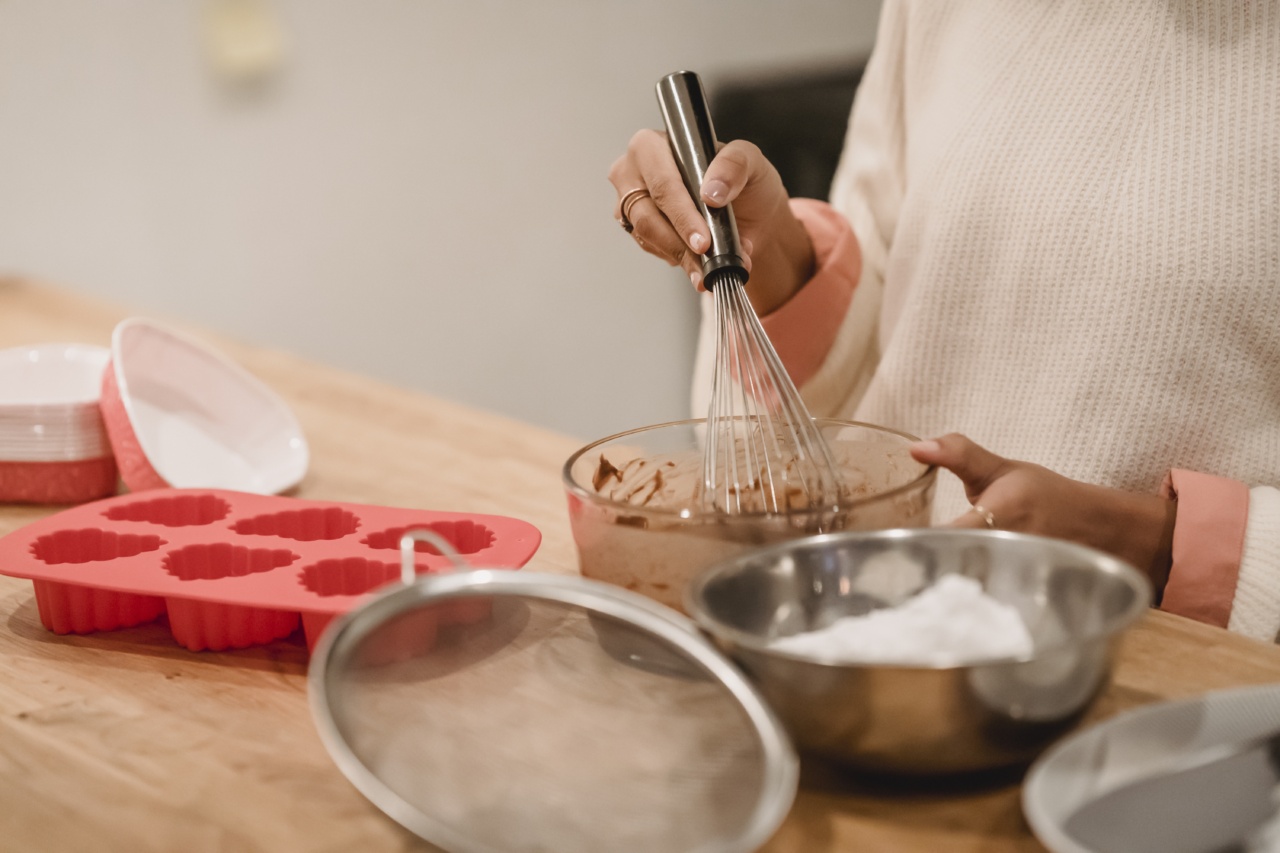Mold is a type of fungi that can grow both indoors and outdoors. It thrives in damp and humid environments. Mold spores are microscopic and can be carried by air currents or even on your clothing.
They can enter your home through open doors and windows or by attaching themselves to your pets. Mold growth can occur within 48 hours of water damage, such as a flood or a leaky roof. Mold colonies can also grow on damp surfaces like walls, ceilings, carpets, and furniture.
Health Risks of Mold Exposure
Mold can pose serious health risks to you and your family. Prolonged exposure to mold can lead to respiratory problems, allergies, and other health issues.
Infants, young children, and the elderly are particularly vulnerable to mold-related health problems.
Mold produces allergens, irritants, and even toxic substances (known as mycotoxins) that can cause asthma, allergic reactions, and other respiratory problems.
People who suffer from asthma or allergies are more likely to experience severe reactions to mold.
Exposure to mold can also cause skin rashes, eye irritation, and headaches. In rare cases, mold exposure can lead to serious health problems like lung infections and pneumonia.
Common Types of Household Mold
There are many different species of mold that can grow in your home. Some of the most common types of household mold include:.
- Aspergillus – commonly found in damp environments like bathrooms and kitchens
- Cladosporium – can grow on damp carpets, fabrics, and wooden surfaces
- Penicillium – often found in water-damaged buildings and can cause allergic reactions
- Stachybotrys – commonly known as black mold, can grow in areas with excessive moisture, such as bathrooms and basements
- Alternaria – can grow both indoors and outdoors and can cause allergies and asthma
Signs of Mold Growth
Mold can grow anywhere in your home where there is excessive moisture. Some common signs of mold growth include:.
- A musty or moldy smell in your home
- Visible mold growth on walls, ceilings, or floors
- Discoloration or warping of wood surfaces
- Water stains on walls or ceilings
- Peeling or bubbling paint on walls
- Allergic reactions, such as sneezing, a runny nose, and itchy eyes
Preventing Mold Growth in Your Home
The best way to prevent mold growth in your home is to control moisture. Here are some tips to keep your home dry and mold-free:.
- Fix leaky plumbing and roof leaks immediately
- Ensure proper ventilation in bathrooms and kitchens
- Use a dehumidifier in damp areas like basements and crawl spaces
- Clean and dry any water-damaged areas within 48 hours
- Regularly clean and maintain your air conditioning and heating systems
- Use mold-resistant paints and building materials
Getting Rid of Mold in Your Home
If you suspect mold growth in your home, it is important to take action immediately to prevent further damage and health risks. Here are some steps you can take to get rid of mold:.
- Identify and fix the source of moisture that is causing the mold growth
- Wear protective gear, such as gloves and a mask, to avoid inhaling mold spores
- Clean and disinfect affected areas with a solution of bleach and water
- Remove and discard any moldy materials that cannot be thoroughly cleaned, such as carpets or drywall
- Consider hiring a professional mold removal service to ensure that all mold is completely removed and properly disposed of
Conclusion
Mold growth in your home can be a serious problem that poses health risks to you and your family.
By taking proactive steps to prevent mold growth and promptly addressing any mold problems that arise, you can protect your home and your family’s health.






























